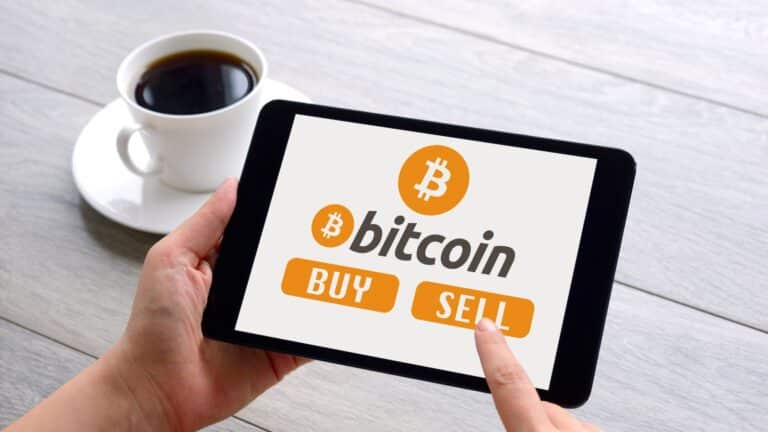It seems the topic of inflation has become an everyday discussion in the news, with warnings of doom and gloom for the U.S. economy. Many have turned their attention toward Bitcoin, as it is designed to protect against inflation.
Bitcoin’s volatile reaction to the sharp increase in inflation over the last year was quite a reckoning for new investors. After seeing it break all-time-highs throughout 2021, it can hurt to see it tumble down into numbers not seen for almost 2 years.
However, Goldman Sachs says that Bitcoin will continue to compete with gold as a store of value, and subsequently as a hedge against inflation. Let’s take a look at how Bitcoin was designed as a hedge, and exactly what type of inflation it was designed for.
Bitcoin: The First Deflationary Currency
When it was created in 2009, Bitcoin was meant to fix the problems many fiat currencies had. It allowed people to send money using a decentralized peer-to-peer system, rather than using a middleman like a bank who facilitates and monitors transactions.
Additionally, the supply of Bitcoin is fixed at 21 million, meaning there are no new coins created over time. There can only be a decrease in the number of coins, as some will be lost over time. These factors make Bitcoin a deflationary currency, meaning the rate of currency production is slower than the rate that currency is lost or stays stagnant.
Let’s Talk Inflation
Monetary Inflation is “true inflation”, the dilution of monetary supply through increased production of currency. This can especially be seen when the Federal Reserve significantly increased production of currency with stimulus checks. Historically, it has been seen in worst-case scenarios like Germany in the early 1920s, where citizens had to have a literal wheelbarrow of cash in order to buy anything. This is the real danger which Bitcoin was designed to protect people against.
Since central banks have the ability to control the production of money, the citizens are usually left to struggle with economic hardship. With a cryptocurrency like Bitcoin, it is not owned or controlled by a single entity, but rather operated democratically by a decentralized network.
It’s also important to note that Bitcoin was designed as a hedge against monetary inflation, not consumer inflation. You may have heard of the Consumer Price Index (CPI) recently in the news, but that measures a different type of inflation which Bitcoin was not designed to address. Swan Bitcoin’s Steven Lubka makes the point, “Why should we monitor the price of bread and cars to try to determine how much money has been created?”. In short, it’s not the correct comparison.
According to Bitcoin Magazine, Bitcoin has served as a barometer of monetary policy, rather than inflation. As time goes on, the design of the cryptocurrency will be tested as interest rates and inflation continue to change.
To learn more about what causes inflation, check out this article: Inflation and Cryptocurrency: Is Bitcoin the New Gold?
RockItCoin helps bring cryptocurrency to the masses by providing multiple easy methods of purchasing Bitcoin, whether it be through our ATMs, our mobile app, or by buying online through our website. Visit our website today to get started!








